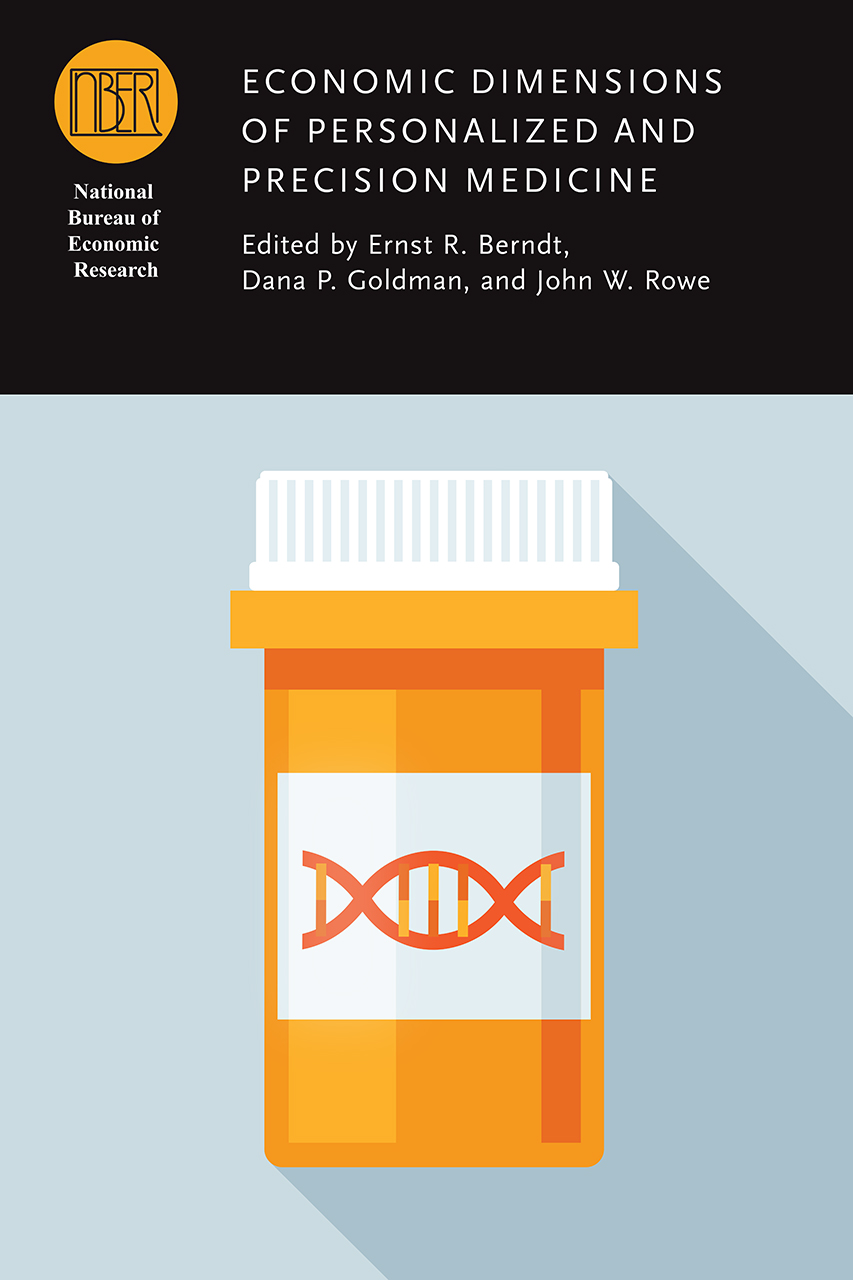The summary of IQVIA report:
- Global spending on medicines reached $1.2 trillion in 2018 and is set to exceed $1.5 trillion by 2023.
- Invoice spending in the United States is expected to grow at 4– 7% to $625–655 billion across all channels, but net manufacturer revenue is expected to be 35% below invoice and have growth of 3-6% as price growth slows on both an invoice and net basis.
- Net drug prices in the United States increased at an estimated 1.5% in 2018 and are expected to rise at 0–3% over the next five years.
- China reached $137 billion in medicine spending in 2018, but will see growth slow to 3-6% in the next five years as central government reforms to expand insurance access to both rural and urban residents, as well as expansions and modernizations of the hospital system and primary care services have been largely achieved and efforts shift to cost optimization and addressing corruption.
- Medicine spending in Japan totaled $86 billion in 2018, however spending on medicines is expected to decline from -3 to 0% through 2023, due to the effect of exchange rates and continued uptake of generics and offset by the uptake of new products.
- The number of new products launched is expected to increase from an average of 46 in the past five years to 54 through 2023, and the average spending in developed markets on new brands is expected to rise slightly to $45.8 billion in the next five years, but represent a smaller share of brand spending


